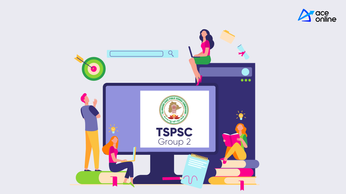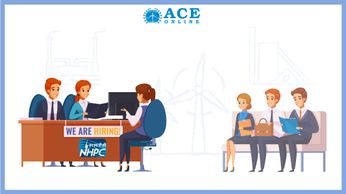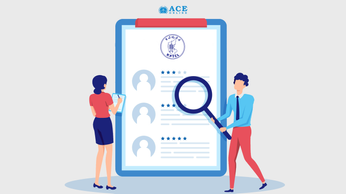
TSPSC Group 2: Syllabus and Exam Pattern
TSPSC Group 2 Notification for filling 783 vacancies on 29 December 2022. Candidates appearing for TSPSC Group 2 Exam first and main preparation step is to know about the TSPSC Group 2 Exam Pattern, and TSPSC Group 2 Syllabus 2023.
TSPSC Group 2 Exam 2023:: Telangana State Public Service Commission has released TSPSC Group 2 Notification for filling 783 vacancies on 29 December 2022. Candidates appearing for TSPSC Group 2 Exam first and main preparation step is to know about the TSPSC Group 2 Exam Pattern, and Written Test, and the second step is to know the topics to be covered for the TSPSC Group 2 Syllabus 2023. In this article, we have discussed the complete TSPSC Group 2 Syllabus & Exam Pattern for each stage to make your preparation easier. For TSPSC Group 2 Exam 2023 millions of people are waiting, and there is sure to be huge competition.
TSPSC Group 2 Exam Pattern

TSPSC Group 2 Exam Languages
The TSPSC Group 2 written exam will be conducted in three languages - English, Telugu, and Urdu
TSPSC Group 2 Exam Syllabus
TSPSC Group 2 Exam Paper 1 Syllabus
Paper-I: General Studies and General Abilities
1. Current Affairs – Regional, National & International.
2. International Relations and Events.
3. General Science; India’s Achievements in Science and Technology
4. Environmental Issues; Disaster Management - Prevention and Mitigation Strategies.
5. World Geography, Indian Geography, and Geography of Telangana State.
6. History and Cultural Heritage of India.
7. Society, Culture, Heritage, Arts, and Literature of Telangana.
8. Policies of Telangana State.
9. Social Exclusion, Rights Issues, and Inclusive Policies.
10. Logical Reasoning; Analytical Ability and Data Interpretation.
11. Basic English. ( 10th Class Standard)
TSPSC Group 2 Exam Paper 2 Syllabus
Paper II: History, Polity, and Society
I. Socio-Cultural History of India and Telangana.
- Salient features of Indus Valley Civilization: Society and Culture. -Early and Later Vedic Culture; Religious Movements in Sixth Century B.C. – Jainism and Buddhism. Socio, Cultural, and Economic Contribution during Mauryas, Guptas, Pallavas, Chalukyas, and Cholas – Administrative System. Art and Architecture - Harsha and the Rajput Age.
- The Establishment of Delhi Sultanate-Socio-Economic, Cultural Conditions, and Administrative System under the Sultanate –Sufi and Bhakti Movements. The Mughals: Socio-Economic and Cultural Conditions; Language, Literature, Art and Architecture. Rise of Marathas and their contribution to Culture; Socio-Economic, Cultural conditions in the Deccan under the Bahamani’s and Vijayanagara - Literature, Art, and Architecture.
- Advent of Europeans: Rise and Expansion of British Rule: Socio-Economic and Cultural Policies - Cornwallis, Wellesley, William Bentinck, Dalhousie, and others. The Rise of Socio-Religious Reform Movements in the Nineteenth Century. Social Protest Movements in India –Jotiba and Savithribai Phule, Ayyankali, Narayana Guru, Periyar Ramaswamy Naicker, Gandhi, Ambedkar, etc. Indian Freedom Movement – 1885-1947.
- Socio-Economic and Cultural conditions in Ancient Telangana- Satavahanas, Ikshvakus, Vishnukundins, Mudigonda, and Vemulawada Chalukyas. Religion, Language, Literature, Art and Architecture; Medieval Telangana - Contribution of Kakatiyas, Rachakonda and Devarakonda Velamas, Qutub Shahis; Socio–Economic and Cultural developments: Emergence of Composite Culture. Fairs, Festivals, Moharram, Urs, Jataras, etc.
- Foundation of AsafJahi Dynasty- from Nizam –ul- Mulk to Mir Osaman Ali Khan - Salar Jung Reforms; Social and Economic conditions-Jagirdars, Zamindars, Deshmuks, and Doras- Vetti and Bhagela system and position of Women. Rise of Socio-Cultural Movements in Telangana: Arya Samaj, Andhra Maha Sabha, Andhra Mahila Sabha, Adi-Hindu Movements, Literary, and Library Movements. Tribal and Peasant Revolts: Ramji Gond, Kumaran Bheemu, and Telangana Peasant Armed Struggle – Police Action and the End of Nizam Rule.

II. Overview of the Indian Constitution and Politics.
- Evolution of the Indian Constitution – Nature and salient features – Preamble.
- Fundamental Rights – Directive Principles of the State Policy – Fundamental Duties.
- Distinctive Features of the Indian Federalism – Distribution of Legislative, Financial, and Administrative Powers between the Union and States.
- Union and State Government – President – Prime Minister and Council of Ministers; Governor, Chief Minister and Council of Ministers – Powers and Functions.
- Indian Constitution; Amendment Procedures and Amendment Acts.
- Rural and Urban Governance with special reference to the 73rd and 74th Amendment Acts.
- Electoral Mechanism: Electoral Laws, Election Commission, Political Parties, Anti defection Laws, and Electoral Reforms.
- Judicial System in India – Judicial Review; Judicial Activism; Supreme Court and High Courts.
- a) Special Constitutional Provisions for Scheduled Castes, Scheduled Tribes, Backward Classes, Women, Minorities, and Economically Weaker Sections (EWS).
b) National Commissions for the Enforcement – National Commission for Scheduled Castes, Scheduled Tribes, Backward Classes, Women, Minorities, and Human Rights.
- National Integration issues and challenges: Insurgency; Internal Security; Inter-State Disputes.
III. Social Structure, Issues, and Public Policies.
1. Indian Social Structure: Salient Features of Indian society: Family, Marriage, Kinship, Caste, Tribe, Ethnicity, Religion, and Women.
2. Social Issues: Inequality and Exclusion: Casteism, Communalism, Regionalism, Violence against Women, Child Labour, Human trafficking, Disability, Aged, and Third / Trans-Gender Issues.
3. Social Movements: Peasant Movement, Tribal movement, Backward Classes Movement, Dalit Movement, Environmental Movement, Women’s Movement, Regional Autonomy Movement, Human Rights / Civil Rights Movement.
4. Social Policies and Welfare Programmes: Affirmative Policies for SCs, STs, OBC, Women, Minorities, Labour, Disabled, and Children; Welfare Programmes: Employment, Poverty Alleviation Programmes; Rural and Urban, Women and Child Welfare, Tribal Welfare.
5. Society in Telangana: Socio-Cultural Features and Issues in Telangana; Vetti, Jogini, Devadasi System, Child Labour, Girl Child, Fluorosis, Migration, Farmer’s; Artisanal and Service Communities in Distress.

TSPSC Group 2 Exam Paper 3 Syllabus
I. Indian Economy: Issues and Challenges
1. Demography: Demographic Features of Indian Population – Size and Growth Rate of Population – Demographic Dividend – Sectoral Distribution of Population – Population Policies of India
2. National Income: Concepts & Components of National Income – Measurement Methods – National Income Estimates in India and its Trends – Sectoral Contribution – Per Capita Income
3. Primary and Secondary Sectors: Agriculture and Allied Sectors – Contribution to National Income – Cropping Pattern – Agricultural Production and Productivity – Green Revelation – Irrigation – Agricultural Finance and Marketing – Agricultural Pricing – Agricultural Subsidies and Food Security – Agricultural Labour – Growth and Performance of Allied Sectors
4. Industry and Services Sectors: Growth and Structure of Industry in India –Contribution to National Income –Industrial Policies – Large Scale Industries – MSMEs – Industrial Finance – Contribution of Services Sector to National Income – Importance of Services Sector – Sub Sectors of Services – Economic Infrastructure – India’s Foreign Trade
5. Planning, NITI Aayog, and Public Finance: Objectives of India’s Five Year Plans – Targets, Achievements and Failures of Five Year Plans – NITI Aayog – Budget in India – Concepts of Budget Deficits – FRBM – Recent Union Budgets – Public Revenue, Public Expenditure, and Public Debt – Finance Commissions
II. Economy and Development of Telangana
1. Structure and Growth of Telangana Economy: Telangana Economy in Undivided Andhra Pradesh (1956-2014) – State Finances ( Dhar Commission, Wanchu Committee, Lalit Committee, Bhargava Committee) – Land Reforms - Growth and Development of Telangana Economy Since 2014 – Sectoral Contribution to State Income – Per Capita Income
2. Demography and HRD: Size and Growth Rate of Population – Demographic Features of Telangana Economy – Age Structure of Population – Demographic Dividend.
3. Agriculture and Allied Sectors: Importance of Agriculture – Trends in Growth Rate of Agriculture – Contribution of Agriculture and Allied Sectors to GSDP/GSVA – Land Use and Land Holdings Pattern – Cropping Pattern – Irrigation – Growth and Development of Allied Sectors – Agricultural Policies and Programmes
4. Industry and Service Sectors: Structure and Growth of Industry – Contribution of Industry to GSDP/GSVA – MSME – Industrial Policies – Components, Structure and Growth of Services Sector – Its Contribution to GSDP/GSVA – Social and Economic Infrastructure
5. State Finances, Budget, and Welfare Policies: State Revenue, Expenditure, and Debt – State Budgets – Welfare Policies of the State
III. Issues of Development and Change
1. Growth and Development: Concepts of Growth and Development – Characteristics of Development and Underdevelopment – Measurement of Economic Growth and Development – Human Development – Human Development Indices – Human Development Reports
2. Social Development: Social Infrastructure – Health and Education – Social Sector – Social Inequalities – Caste – Gender – Religion – Social Transformation – Social Security
3. Poverty and Unemployment: Concepts of Poverty – Measurement of Poverty – Income Inequalities - Concepts of Unemployment – Poverty, Unemployment and Welfare Programmes
4. Regional Inequalities: Urbanization – Migration – Land Acquisition – Resettlement and Rehabilitation
5. Environment and Sustainable Development: Concepts of Environment – Environmental Protection and Sustainable Development – Types of Pollution –Pollution Control – Effects of Environment – Environmental Policies of India
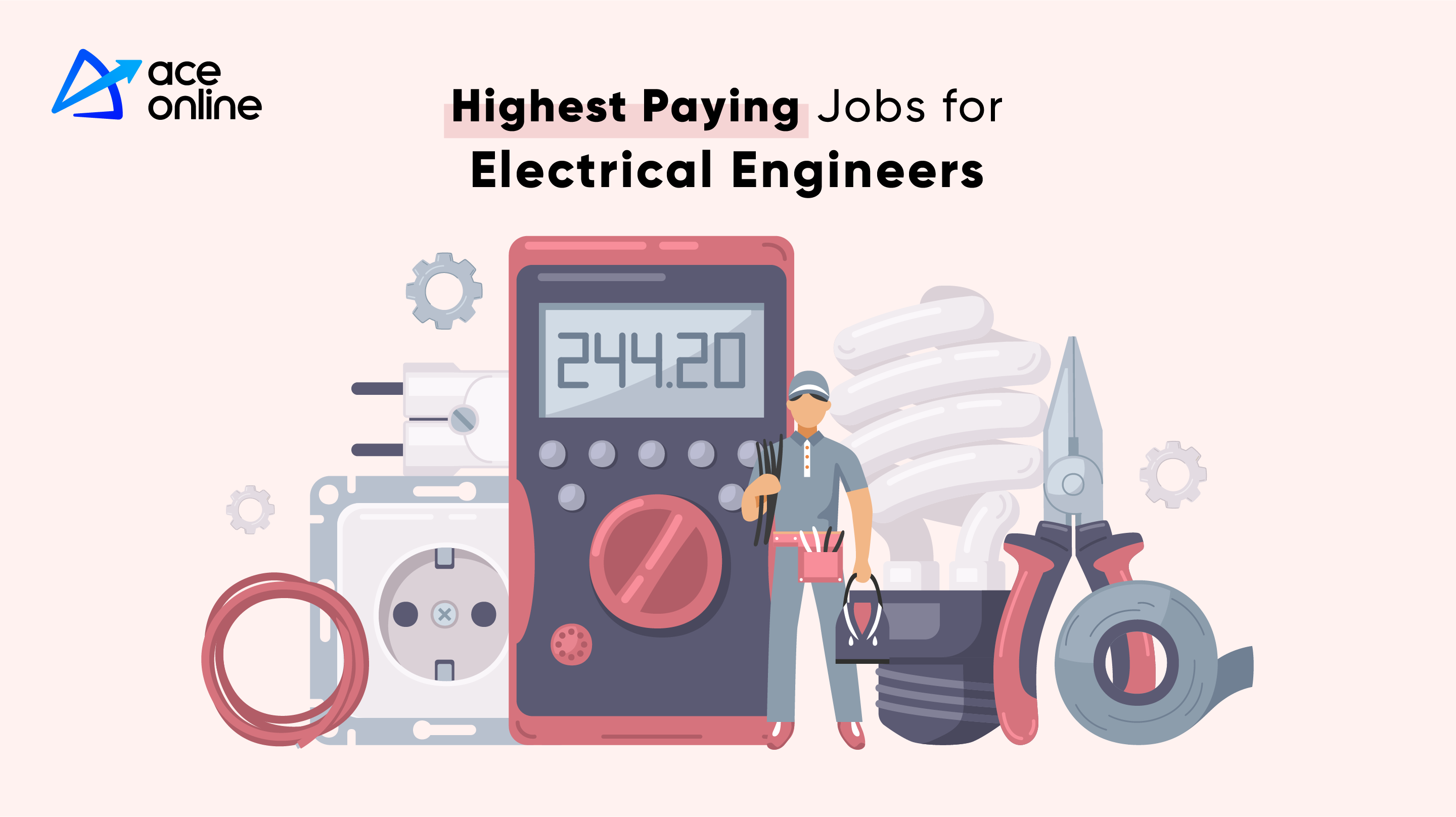
TSPSC Group 2 Exam Paper 4 Syllabus
Paper-IV Telangana Movement And State Formation
I. The idea of Telangana (1948-1970)
1. Historical Background: Telangana is a distinctive cultural unit in Hyderabad Princely State, its geographical, cultural, socio, political and economic features- people of Telangana- castes, tribes, religion, arts, crafts, languages, dialects, fairs, festivals and important places in Telangana. Administration in Hyderabad Princely State and Administrative Reforms of Salar Jung and Origins of the Mulki-Non-Mulki issue. Farman of 1919 and Definition of Mulki - Establishment of Nizam’s Subjects League known as the Mulki League 1935 and its Significance; Merger of Hyderabad State into Indian Union in 1948- Employment policies under Military Rule and Vellodi,1948-52; Violation of Mulki-Rules and Its Implications.
2. Hyderabad State in Independent India- Formation of Popular Ministry under Burgula Ramakrishna Rao and 1952 Mulki-Agitation; Demand for Employment of Local people and City College Incident- Its importance. Justice Jagan Mohan Reddy Committee Report, 1953 – Initial debates and demand for Telangana State-Reasons for the Formation of States Reorganization Commission (SRC) under Fazal Ali in 1953-Main Provisions and Recommendations of SRC-Dr. B. R. Ambedkar’s views on SRC and smaller states.
3. Formation of Andhra Pradesh, 1956: Gentlemen Agreement - its Provisions and Recommendations; Telangana Regional Committee, Composition and Functions & Performance – Violation of Safeguards-Migration from Coastal Andhra Region and its Consequences-Post-1970 development Scenario in Telangana- Agriculture, Irrigation, Power, Education, Employment, Medical and Health etc.
4. Violation of Employment and Service Rules: Origins of Telangana Agitation- Protest in Kothagudem and other places, Fast unto Death by Ravindranath; 1969 Agitation for Separate Telangana. Role of Intellectuals, Students, and Employees in Jai Telangana Movement.
5. Formation of Telangana Praja Samithi and Course of Movement and its Major Events, Leaders, and Personalities- All Party Accord – G.O. 36 - Suppression of Telangana Movement and its Consequences-The Eight Point and Five-Point Formulas-Implications.

II. Mobilisational phase (1971 -1990)
1. Court Judgements on Mulki Rules- Jai Andhra Movement and its Consequences- Six Point Formula 1973, and its Provisions; Article 371-D, Presidential Order, 1975-Officers (Jayabharat Reddy) Committee Report- G.O. 610 (1985); its Provisions and Violation- Reaction and Representations of Telangana Employees.
2. Rise and Spread of Naxalite Movement, causes and consequences - Anti-Landlord Struggles in Jagityala-Siricilla, Rytu-Cooli Sanghams; Alienation of Tribal Lands and Adivasi Resistance- Jal, Jungle, and Jamin.
3. Rise of Regional Parties in the 1980s and Changes in the Political, Socio-Economic, and Cultural fabric of Telangana- Notion of Telugu Jathi and suppression of Telangana identity- Expansion of new economy in Hyderabad and other parts of Telangana; Real Estate, Contracts, Finance Companies; Film, Media and Entertainment Industry; Corporate Education and Hospitals, etc; Dominant Culture and its implications for Telangana self-respect, Dialect, Language and Culture.
4. Liberalization and Privatisation policies in the 1990s and their consequences - Emergence of regional disparities and imbalances in political power, administration, education, and employment – Growth of Madiga Dandora and Tudum Debba movements – Agrarian crisis and decline of Handicrafts in Telangana and its impact on Telangana Society and economy.
1. Court Judgements on Mulki Rules- Jai Andhra Movement and its Consequences- Six Point Formula 1973, and its Provisions; Article 371-D, Presidential Order, 1975-Officers (Jayabharat Reddy) Committee Report- G.O. 610 (1985); its Provisions and Violation- Reaction and Representations of Telangana Employees.
2. Rise and Spread of Naxalite Movement, causes and consequences - Anti-Landlord Struggles in Jagityala-Siricilla, Rytu-Cooli Sanghams; Alienation of Tribal Lands and Adivasi Resistance- Jal, Jungle, and Jamin.
3. Rise of Regional Parties in the 1980s and Changes in the Political, Socio-Economic, and Cultural fabric of Telangana- Notion of Telugu Jathi and suppression of Telangana identity- Expansion of new economy in Hyderabad and other parts of Telangana; Real Estate, Contracts, Finance Companies; Film, Media and Entertainment Industry; Corporate Education and Hospitals, etc; Dominant Culture and its implications for Telangana self-respect, Dialect, Language and Culture.
4. Liberalization and Privatisation policies in the 1990s and their consequences - Emergence of regional disparities and imbalances in political power, administration, education, and employment – Growth of Madiga Dandora and Tudum Debba movements – Agrarian crisis and decline of Handicrafts in Telangana and its impact on Telangana Society and economy.
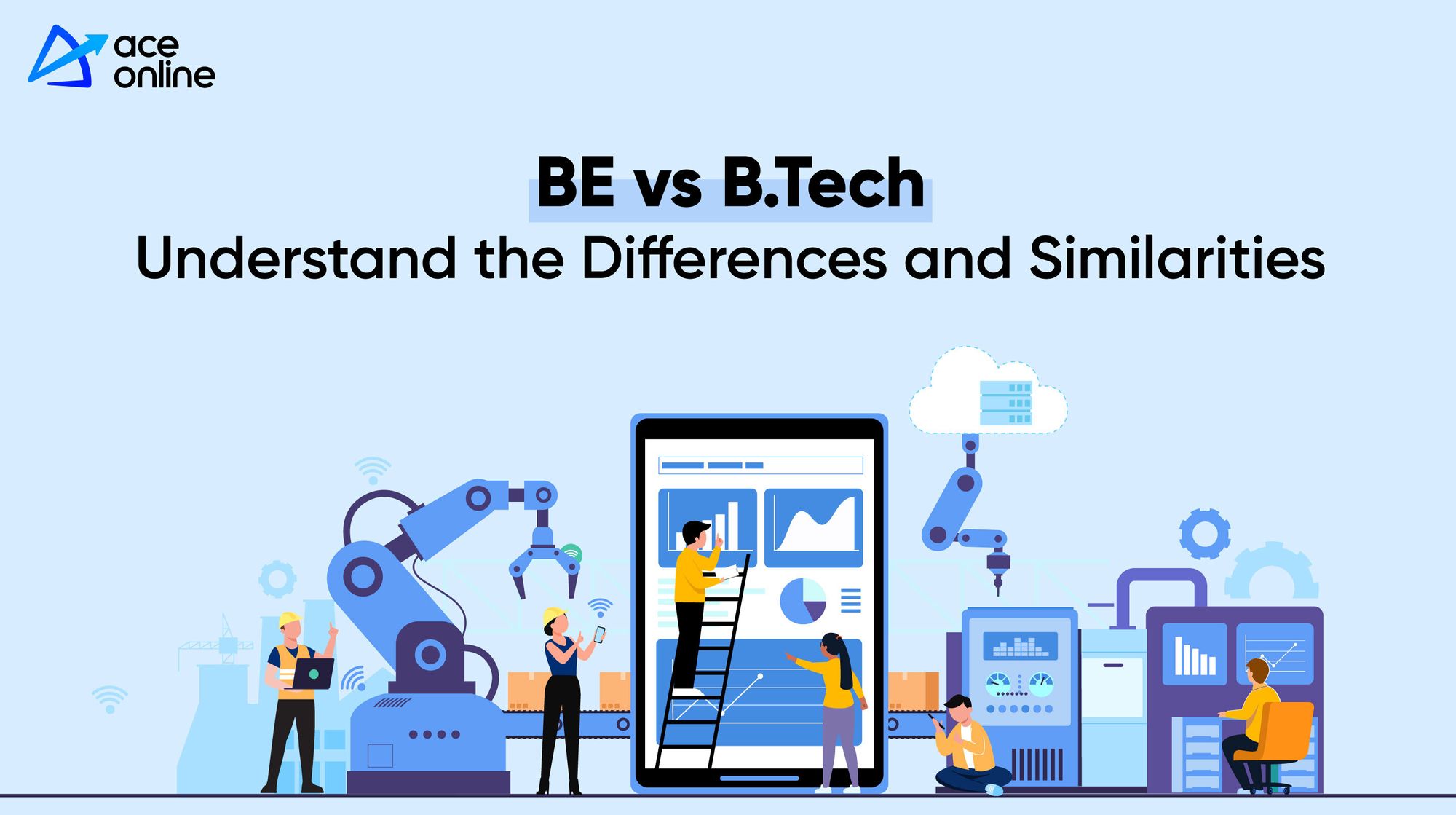
III. Towards Formation of Telangana State (1991-2014)
1. Public awakening and Intellectual reaction against discrimination- formation of Civil society organizations, Articulation of separate Telangana Identity; Initial organizations raised the issues of separate Telangana; Telangana Information Trust - Telangana Aikya Vedika, Bhuvanagiri Sabha - Telangana Jana Sabha, Telangana Maha Sabha - Warangal Declaration - Telangana Vidyavanthula Vedika; etc. Role of university and college students - Osmania and Kakatiya Universities
2. Establishment of Telangana Rashtra Samithi in 2001, Political Realignment and Electoral Alliances in 2004, and later Phase of Telangana Movement – TRS in UPA- Girglani Committee- Telangana Employees Joint Action Committee - Pranab Mukherjee Committee- 2009-Elections-Alliances- Telangana in Election Manifestos- The agitation against Hyderabad as Free-zone - and Demand for separate Statehood- Fast-Unto-Death by K.Chandrashekar Rao – Formation of Political Joint Action Committee (2009)
3. Role of Political Parties-TRS, Congress, B.J.P., Left parties, T.D.P., M.I.M and other political parties such as Telangana Praja Front, Telangana United Front, etc., Dalit-Bahujan Sanghams and Grass root organizations - Other Joint Action Committees and popular protests- Suicides for the cause of Telangana.
4. Cultural Revivalism in Telangana and other symbolic expressions in Telangana Movement- Literary forms- performing arts and other cultural expressions- writers, poets, singers, intellectuals, Artists, Journalists, Students, Employees, Advocates, Doctors, NRIs, Women, and Civil society groups - organized and unorganized sectors, castes, communities, and other social groups in transforming the agitation into a mass movement-Intensification of Movement, Forms of Protest and Major events: Sakalajanula Samme, Non-Cooperation Movement; Million March, etc.,
5. Parliamentary Process; UPA Government’s stand on Telangana- All-Party Meeting- Anthony Committee- Statements on Telangana by Central Home Minister - Sri Krishna Committee Report and its Recommendations, AP Assembly and Parliamentary proceedings on Telangana, Declaration of Telangana State in Parliament, Andhra Pradesh State Reorganization Act, 2014- Elections and victory of Telangana Rashtra Samithi and the first Government of Telangana State.

ACE Online Newsletter
Join the newsletter to receive the latest updates in your inbox.



